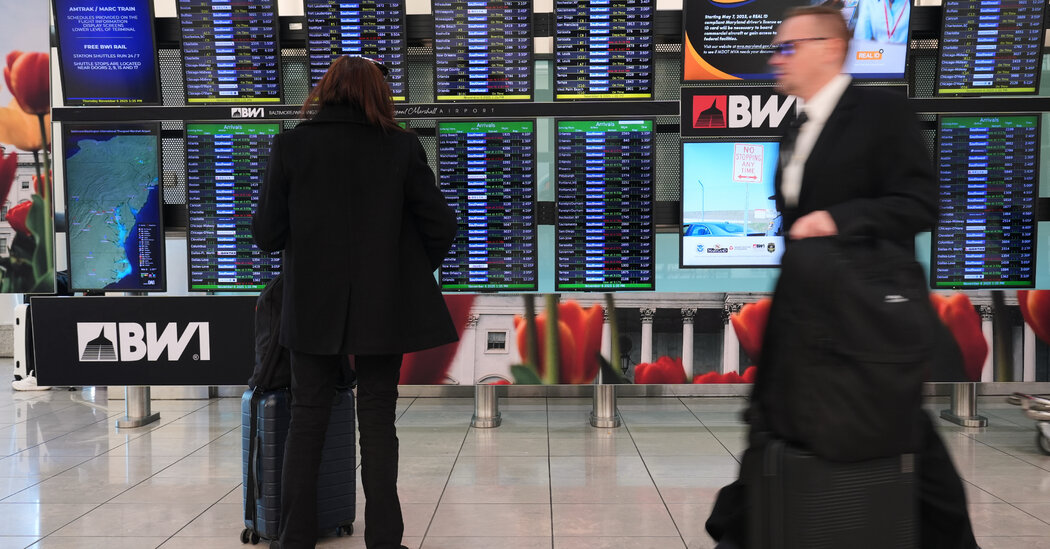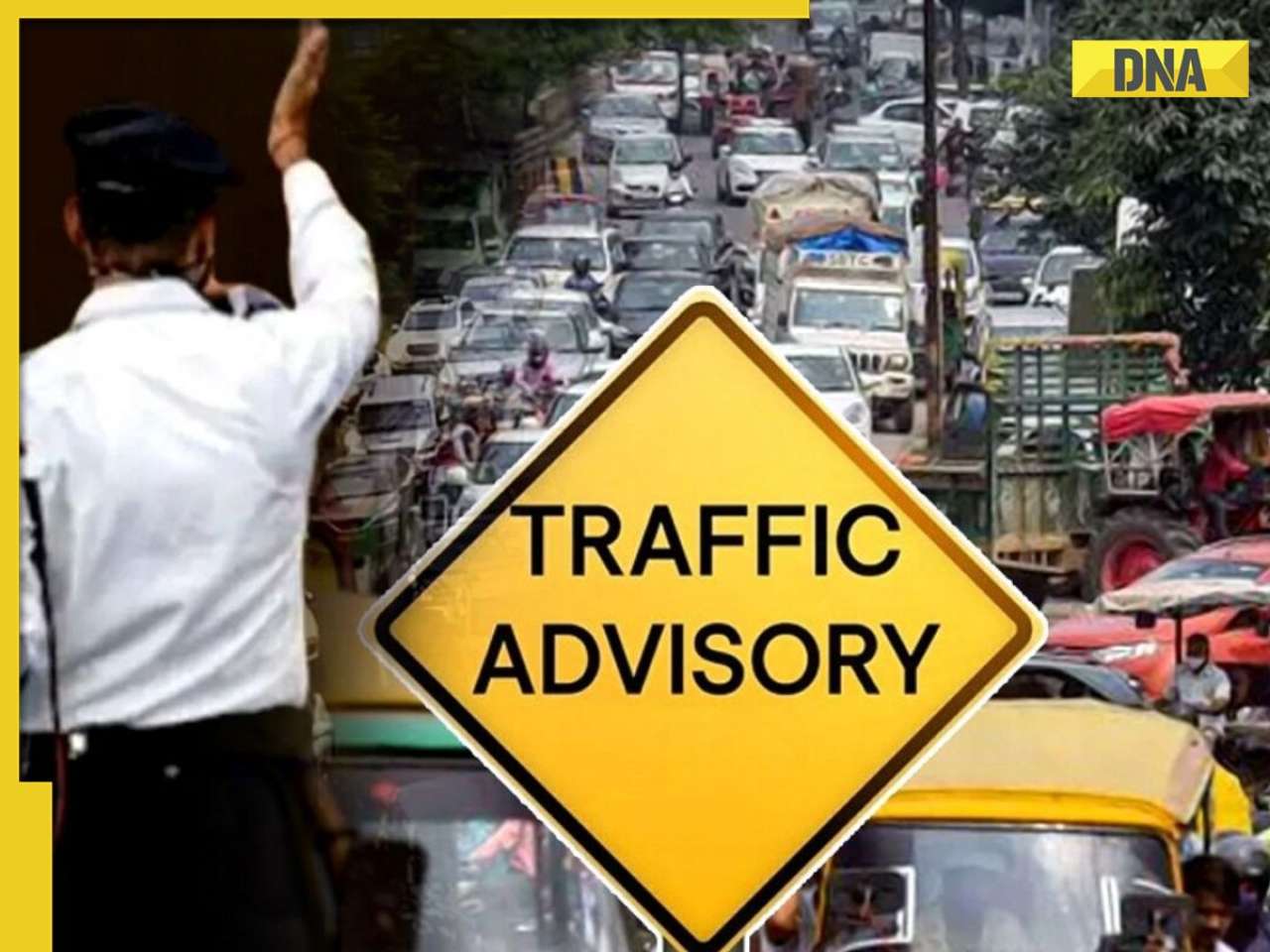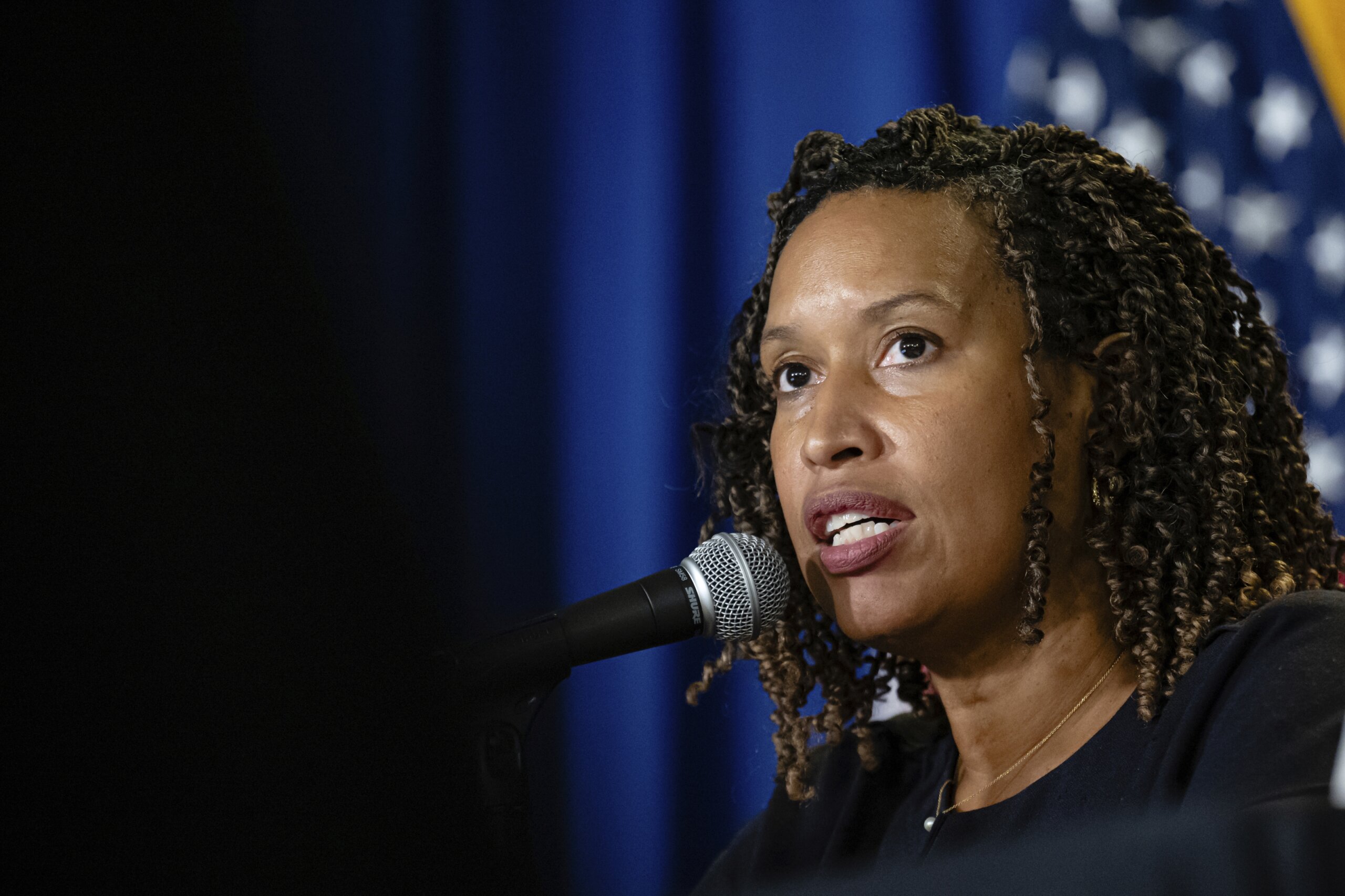Copyright The New York Times

As travelers waited in suspense on Thursday to learn whether their flights would be among those canceled starting Friday morning, the government agencies behind the mandatory cuts to air traffic spent most of the day in silence. Only on Thursday evening, with barely 10 hours to go until the first cuts were to take effect, did the Transportation Department and Federal Aviation Administration make official which 40 airports would be affected. But by that time, airlines, trade groups and, in some cases, news outlets had already taken matters into their own hands, notifying airports and passengers of expected changes. The lack of instruction from the Trump administration for most of the day fueled angst among would-be travelers, who were left to repeatedly hit the refresh button on their bookings, and airport operators, who remained in limbo for hours as they awaited news of what the impact might look like. The uncertainty also amplified political recriminations, with administration critics saying the cuts appeared to be more about pressuring Democrats to end the government shutdown than aiding flight safety and relieving air traffic controllers, who have worked without pay for more than a month. “This is a political move by the Trump administration to try to force Democrats to accede to their budget and priorities, which cut health care and nutritional benefits,” Representative Steve Cohen of Tennessee, the top Democrat on the House subcommittee overseeing federal aviation, said in a statement Thursday. But Mr. Duffy reiterated in a statement accompanying the list of affected airports on Thursday evening that the decision, which airline officials and analysts have called unprecedented, was not about politics. “It’s about assessing the data and alleviating building risk in the system as controllers continue to work without pay,” Mr. Duffy said. The announcement said the cuts would roll out gradually, affecting only 4 percent of air traffic at the affected airports on Friday and building to 10 percent by Nov. 14. With just hours before the Friday morning rush, airlines appeared relatively untroubled by the looming cuts, which experts said would likely amount to only minor disruptions for most major carriers. But to administration critics, that only reinforced the idea that the “radical” changes administration officials had announced on Wednesday were mostly for show. “New Yorkers bracing for canceled flights and hectic airports will have the latest G.O.P. shutdown stunt to blame,” Sean Butler, a spokesman for Gov. Kathy Hochul of New York, said in a statement. The announcement of the coming cuts on Wednesday followed warnings by Mr. Duffy that the air travel system was headed for “mass chaos” by next week, when disgruntled air traffic controllers — some of whom have taken on supplementary jobs to make ends meet — are bracing for a second missed payday. Last Friday, the national airspace came close to chaos when 35 facilities experienced significant controller absences, known as staffing triggers, on a day marked by bad weather, creating long delays at many of the country’s major airports. But the new restrictions are coming at the end of a week that has been remarkably functional, with the F.A.A. posting only a handful of notices about staffing triggers — and no major delays resulting from them. Still, allies of the Trump administration insisted Thursday that the national airspace was on the brink of disaster, blaming Democrats for playing a potentially deadly game by refusing to back the G.O.P.’s pitch to fund the government without any preconditions.



